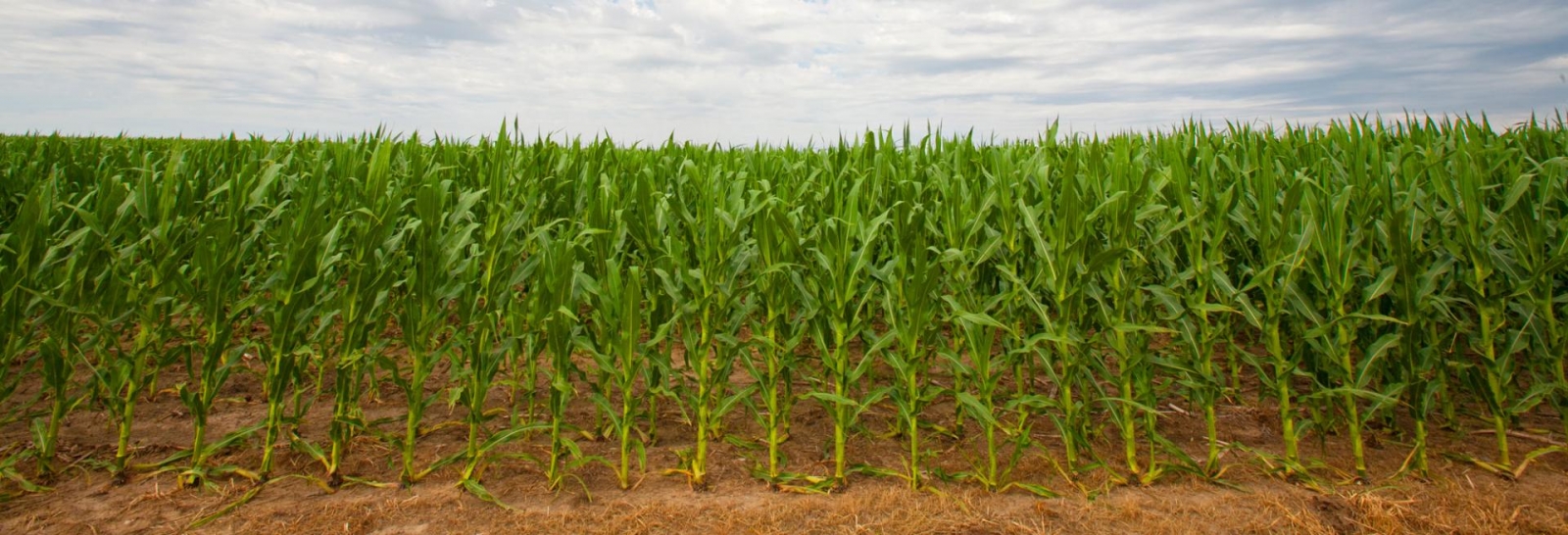Controlling Winter Annual Weeds
March 30, 2007
Warm weather the past two weeks has greened wheat fields and cool-season grass pastures. Many row crop fields also are greening. "What? The crop is not planted," you protest. True. What we are facing is an unwanted crop of winter annual weeds.
|
Winter annuals typically germinate in the fall, overwinter as small plants, and grow rapidly as temperatures warm in the spring. Some species also germinate in the early spring. Winter annual weeds flower, set seed, and mature by early summer.
Because of this lifecycle, they are well-adapted to environments with limited summer rainfall. Common winter annual weeds in Nebraska include downy brome, henbit, field pennycress, wild mustard, marestail (horseweed), foxtail barley, shepherdspurse, speedwell and prickly lettuce. Dandelion is a perennial weed whose reproductive stage is in sync with many winter annuals.
Winter annual weeds pose two main concerns. First, they use large quantities of water because they are adapted to growing in cool, humid conditions. In springs with limited rainfall, they will dry the soil sufficiently to delay crop seed germination, leading to uneven stand establishment. Emergence will be particularly slow or non-existent in areas with the densest weed populations. Second, winter annual weeds can harbor insects and diseases, such as cutworm and soybean cyst nematode.
The time from late March to early April is the second best time to treat winter annual weeds. Control of winter annual weeds is most consistent with fall applications; however, winter annual weeds often go undetected in the fall, and many of those that do emerge in the fall do not survive the winter.
Make an assessment now by walking across a field to determine the species present and their density and distribution. Winter annual weeds can be controlled both by tillage and with herbicides. They are much easier to control when they are small, especially before they begin to flower. When winter annual weeds begin to flower, herbicides lose some of their effectiveness. Tillage may still provide effective control, but with either control method (herbicides or tillage), waiting until the weeds are flowering has cost significant amounts of soil moisture.
Herbicide recommendations for controlling winter annual weeds are found on page 45 (before corn or sorghum) and pg 87 (before soybean) of the Guide for Weed Management in Nebraska, 2007. It is available in digital format online or in print from your local extension office.
Mark Bernards
Extension Weeds Specialist
Online Master of Science in Agronomy
With a focus on industry applications and research, the online program is designed with maximum flexibility for today's working professionals.
